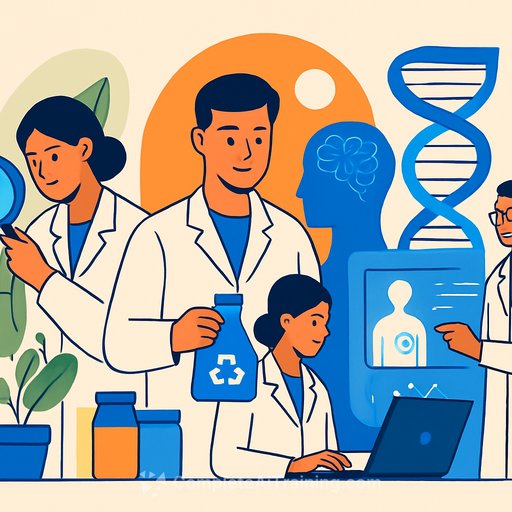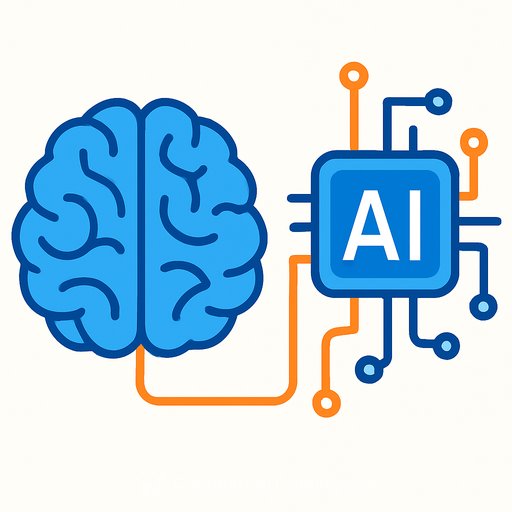Indian scientists driving sustainable innovation: biodegradable materials, AI-guided cancer care, and waste-to-resource systems
From biodegradable materials that hold their own in industry to AI-powered nanocarriers and circular biorefineries, three Indian researchers have turned tough problems into practical solutions with global impact.
All three appear for the sixth straight year in the Stanford-Elsevier Top 2% Scientists list, which ranks researchers using standardized citation metrics like publications, citations, and indices such as the h-index and hm-index. For context on the dataset, see the official listing on Elsevier's data portal: Updated science-wide author databases.
Prof. M. Ramesh: Biodegradable materials that meet industrial strength
Growing up in Vaikundam, Tamil Nadu, Prof. M. Ramesh learned to value patience over theatrics. Ranked 60th among Indian scientists in the global list, his work in Materials Science and Engineering has crossed 9,000 citations by sticking to a simple rule: quality beats volume.
In 2009-10, he set out to build biodegradable materials that could match conventional strength. The roadblock was predictable: strength without toxic trade-offs. After nearly 12 years, his group integrated AI models to predict material strength before fabrication. That flipped R&D from guesswork to validated design.
Today, his composites are useful across automobiles, aerospace, and soundproofing. He still fields calls from teams tweaking formulations for specific strength targets-proof that practical methods spread faster than hype. "What matters is producing something meaningful," he says.
- Practice: Use AI prediction early to cut trial cycles in materials design; validate with minimal but decisive experiments.
- Focus: Define a performance gap first, then select materials and processing routes to close it-paper counts will follow.
Prof. (Dr.) Sadanand Pandey: An accident that became an ammonia sensor
A decade ago at IISc, Pandey was testing alcohol sensors when ammonia hit the device and conductivity spiked. He didn't dismiss the anomaly-he built on it. That moment led to ammonia sensors now used across fertilizer and biomedical settings.
Now a Professor at Shoolini University, his work spans nanotechnology, environmental science, and biomedicine. He has used biopolymers and plant extracts to synthesize nanoparticles for water remediation, with results targeting ultra-pure output. His team also explored hydrogen generation from water using photovoltaic materials optimized for visible light, and is developing AI-powered nanocarriers for targeted cancer drug delivery. With 14,000+ citations, his pace hasn't slowed. "Research is my girlfriend," he jokes, underscoring his near-obsessive dedication.
- Practice: Treat anomalies as data-replicate, characterize, and model before moving on.
- Leverage: Combine green synthesis with AI-guided design for selective sensing and precision therapeutics.
Dr. Sunita Varjani Puro: Building circular biorefineries from real-world waste
Field work at the Gujarat Pollution Control Board changed her research lens. Instead of limiting damage, she asked how to restore systems at scale. At UPES Dehradun, she now develops integrated waste-based biorefineries that turn waste streams into clean water, renewable energy, bio-based chemicals, and fertilizers.
Her team's bioremediation of petroleum hydrocarbons in contaminated soil and water took years of iteration and multi-institution collaboration. She sees clear promise in adding AI and IoT to environmental engineering-using predictive analytics to optimize resource flows in real time. The hard part remains scale: policy, markets, and social inclusion must move with the tech for real impact.
- Practice: Design pilots with downstream policy and unit economics in mind-plan the scale track from day zero.
- Collaboration: Build cross-border consortia; environmental problems don't respect jurisdiction lines.
What leaders in science can apply today
- Integrate AI during problem definition, not as an afterthought-prediction models can refine hypotheses and shrink iteration cycles.
- Measure impact in deployments, standards adoption, jobs created, and emissions avoided-not just citations.
- Budget for scale-up early: regulatory pathways, offtake agreements, and community adoption are part of the experiment.
- Upskill teams in AI, data pipelines, and domain-specific modeling to accelerate materials, bioprocess, and health-tech research. For structured options, see AI courses by job role.
Prof. Ramesh, Prof. Pandey, and Dr. Puro show what steady, useful science looks like: patient problem selection, smart use of AI, and relentless focus on outcomes that help people and the planet. As Prof. Ramesh puts it, the next big challenge is simple to say and hard to execute: produce work that truly benefits society.
For a primer on circularity principles informing waste-to-resource systems, see the overview from the Ellen MacArthur Foundation: What is a circular economy?
Your membership also unlocks:






